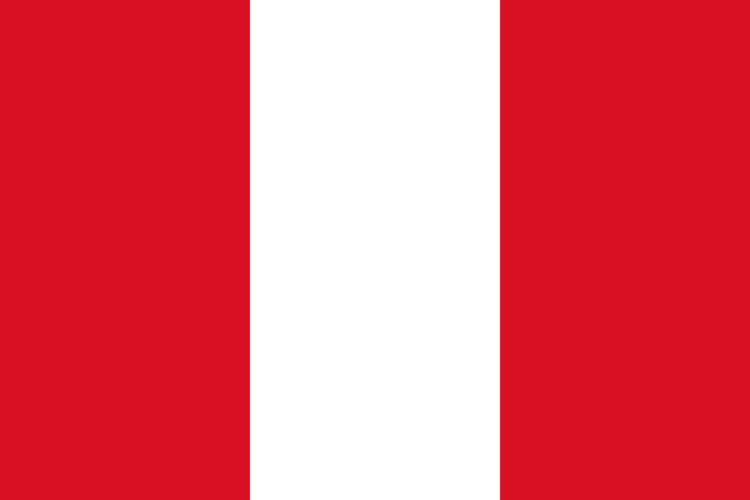 | ||
The United Nations Educational, Scientific and Cultural Organization (UNESCO) World Heritage Sites are places of importance to cultural or natural heritage as described in the UNESCO World Heritage Convention, established in 1972. Peru ratified the convention on February 24, 1982, making its historical sites eligible for inclusion on the list.
Contents
The first sites within Peru were inscribed on the list at the 7th Session of the World Heritage Committee, held in Florence, Italy in 1983: "City of Cuzco" and the "Historic Sanctuary of Machu Picchu". As of 2010, Peru has 11 sites on the World Heritage List. Seven are listed as cultural sites, two as natural, and two as mixed, meeting both cultural and natural selection criteria, as determined by the organization's selection criteria. Only six of Peru's twenty-five regions are represented, with Ancash, Cuzco, and Lima regions each containing multiple sites.
In 1997, a wildfire among the hills adjacent to Machu Picchu threatened the site until fire fighters could cut a ring of trees to prevent the fire from spreading to the ruins. In early 2010, heavy rainfall affected Machu Picchu and Cuzco. On January 25, 2010, 2,000 tourists were stranded near Machu Picchu when a landslide blocked the railroad connecting the site with Cuzco. The tourists were evacuated by ten helicopters, including four from the United States military on loan from the embassy in Lima.
List of sites
The table lists information about each World Heritage Site:
Name: as listed by the World Heritage Committee Region: of the 25 regions of Peru1 Period: time period of significance, typically of construction UNESCO data: the site's reference number; the year the site was inscribed on the World Heritage List; the criteria it was listed under: criteria (i) through (vi) are cultural, while (vii) through (x) are natural; sites meeting both criteria are categorized as "mixed sites" Description: brief description of the siteTentative list
In addition to sites inscribed on the World Heritage list, member states can maintain a list of tentative sites that they may consider for nomination. Nominations for the World Heritage list are only accepted if the site was previously listed on the tentative list.
As of 2016, Peru recorded seven sites on its tentative list. The sites along with the year they were included are:
- Archaeological Complex of Pachacamac (1996)
- Historic Center of the City of Trujillo (1996)
- The Great Inka Trail: state transportation system originally named "Qhapac Ñan" (2001)
- The Historic Centre of Cajamarca (2002)
- Lake Titicaca (2005)
- Sistema Vial Andino/Qhapaq Ñan (2010)
- Kuelap Archaeological Complex (2011)
Both the "The Great Inka Trail: state transportation system originally named "Qhapac Ñan" and "Sistema Vial Andino/Qhapaq Ñan" include the Inca road system—a complex of approximately 40,000 kilometres (25,000 mi) of roads that connected the Inca Empire. It was built by laborers and engineers using bronze and stone tools. While "The Great Inka Trail" is an entry exclusive to Peru, "The Sistema Vial Andino/Qhapaq Ñan" is a site also listed by Argentina, Bolivia, Chile, Colombia, and Ecuador. The movement to include the road system was initiated with Peru's addition of it to the tentative list in 2001. Argentina and Chile joined the movement shortly afterwards. On January 29, 2003, the six Andean states approached the World Heritage Centre, requesting that it take charge of coordinating the joint project.
